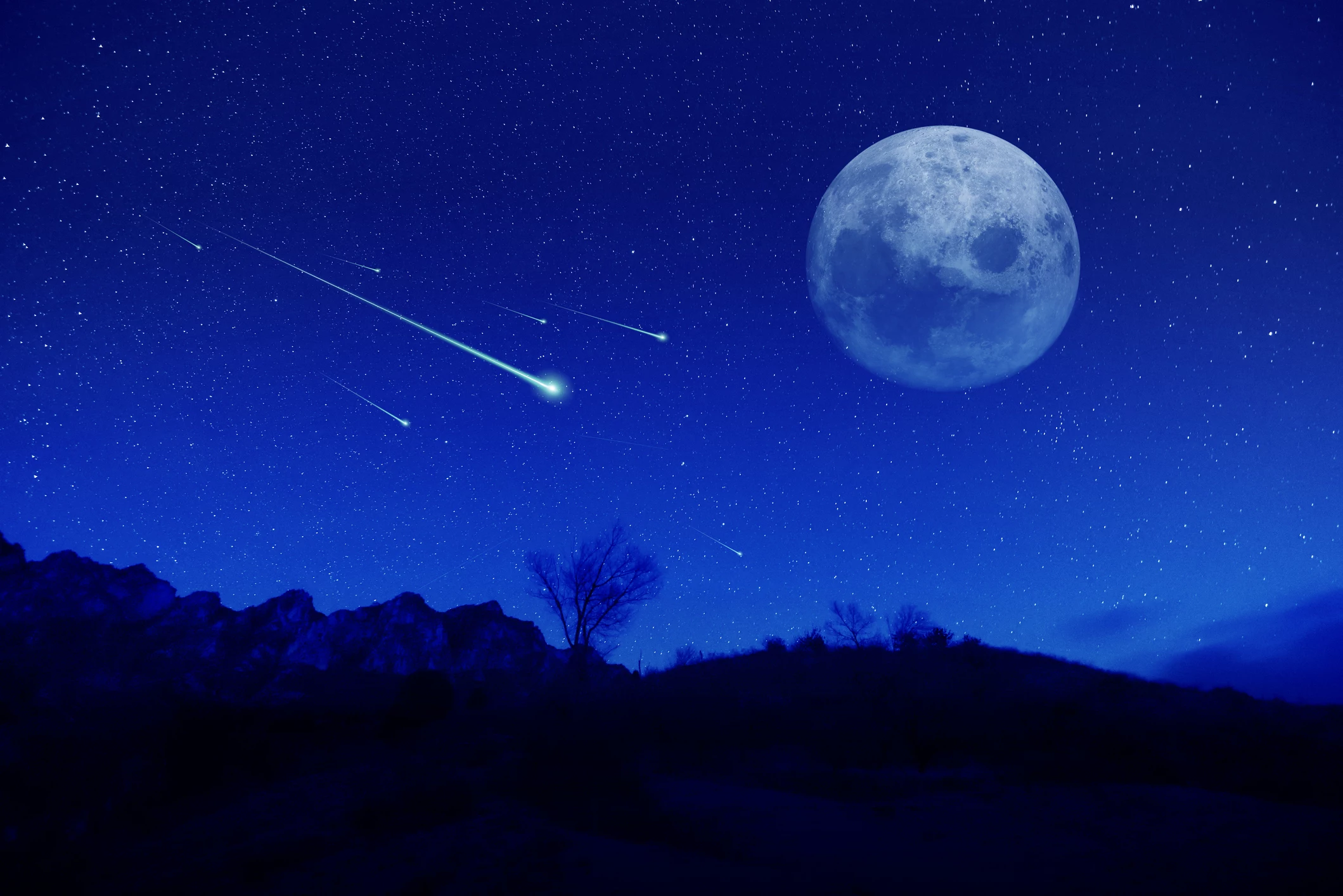


It was possible that the icy object made too many close passes to both the hot sun and the powerful gravitational pull of Jupiter. No one is exactly sure what caused SW3’s collapse, but NASA’s Hubble and Spitzer space telescopes watched the comet fragment for years. While our planet has already hit bits of SW3’s dust, this will be the first time the Earth’s orbit meets all the material that burst out in 1995.

“All this dusty debris suddenly emerged.” “It was like breaking open an egg,” he said. The comet wasn’t new: It was SW3 falling apart and becoming hundreds of times as bright as normal, he added. Lunsford said, “happening only a couple times a century.”īut in October 1995, astronomers began getting phone calls from people claiming to have discovered a new comet, Mr. “I maintain that there must be stuff out there at least as big as pebbles, or nuggets, or even ping-pong-ball-size.” “The particles may be sand-grain-sized,” said Mr. Much will depend on the size and the speed of the debris as it hits the atmosphere and how big the comet’s leftover particles are. “But there’s a possibility we could see one per second.” “I’d be happy just to see one in the entire hour,” Mr. If those are true, the Tau Herculids will be a meteor storm and possibly one of the biggest displays in recorded history. Rao points to estimates from reputable meteor watchers at the opposite end of the spectrum who predict seeing as many as 10,000 meteors to 100,000 meteors per hour. NASA models are on the pessimistic side, suggesting few or potentially no meteors will be visible. The predictions are absolutely all over the place.” Eastern, because if nothing’s happening then, then it’s a nonevent.” How many meteors might the Tau Herculids produce? “I would certainly try to be out at 10 o’clock Pacific time or 1 a.m. “This is not a long-term event,” said Robert Lunsford, the secretary-general of the International Meteor Organization. The first bright star you see should be Arcturus. Locating Arcturus is easy if you can find the Big Dipper: Simply trace a line from the last two stars in the Dipper’s handle in a direction away from its bowl. The Tau Herculids will actually originate from the constellation Boötes, radiating from just above the star Arcturus, a ruddy orange-yellow entity that will be the brightest star in the sky of the Northern Hemisphere at that time. The Tau Herculids, the meteor shower from SW3, was predicted to come from the constellation Hercules - hence the shower’s name - a forecast that has since turned out to be incorrect. Meteor showers appear to emanate from a point in the sky known as their radiant. “The best piece of equipment is to go to your attic and haul out that beach chair,” said Joe Rao, an associate astronomer at the Hayden Planetarium in New York. Allow about half an hour for your eyes to adjust to the darkness. The moon will be new that night, so its light will not interfere with the display. To catch the shower, get away from bright city lights and find the darkest and clearest location you can, one with few hills or other obstacles on the horizon.


 0 kommentar(er)
0 kommentar(er)
